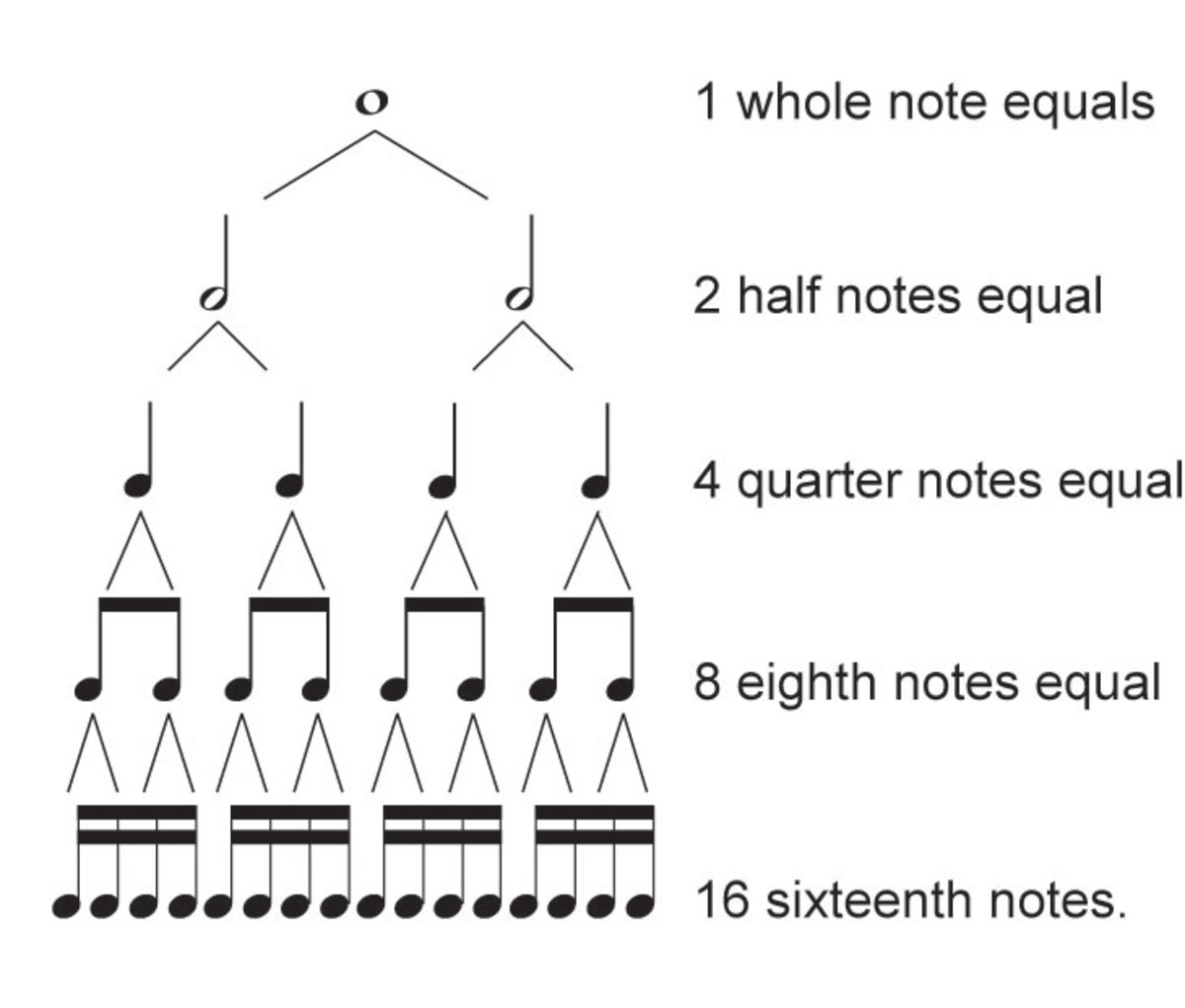When singing, people use a system where you can see the patterns of the notes. This system is easier than saying the note names out loud. The symbols are Do (doh), Re (ray), Mi (me), Fa (fah), Sol (soh), La, Ti (tea), Do. Do is is usually C but when the keys change, the solfege also changes. After the highest Do, the system continues to repeat, just like the note names.
The most famous song that is associated with this is in the musical, "The Sound of Music." Julie Andrews, who played Maria in the movie, was teaching the children solfege and associated the symbols with common words or phrases. For example, Julie Andrews started the song at "Do, a deer, a female deer. Re, a golden block of sun." and so on. The children seem to get how it works and follow her on their bikes singing the song. This song is a very catchy song but it is very helpful in remembering solfege.


